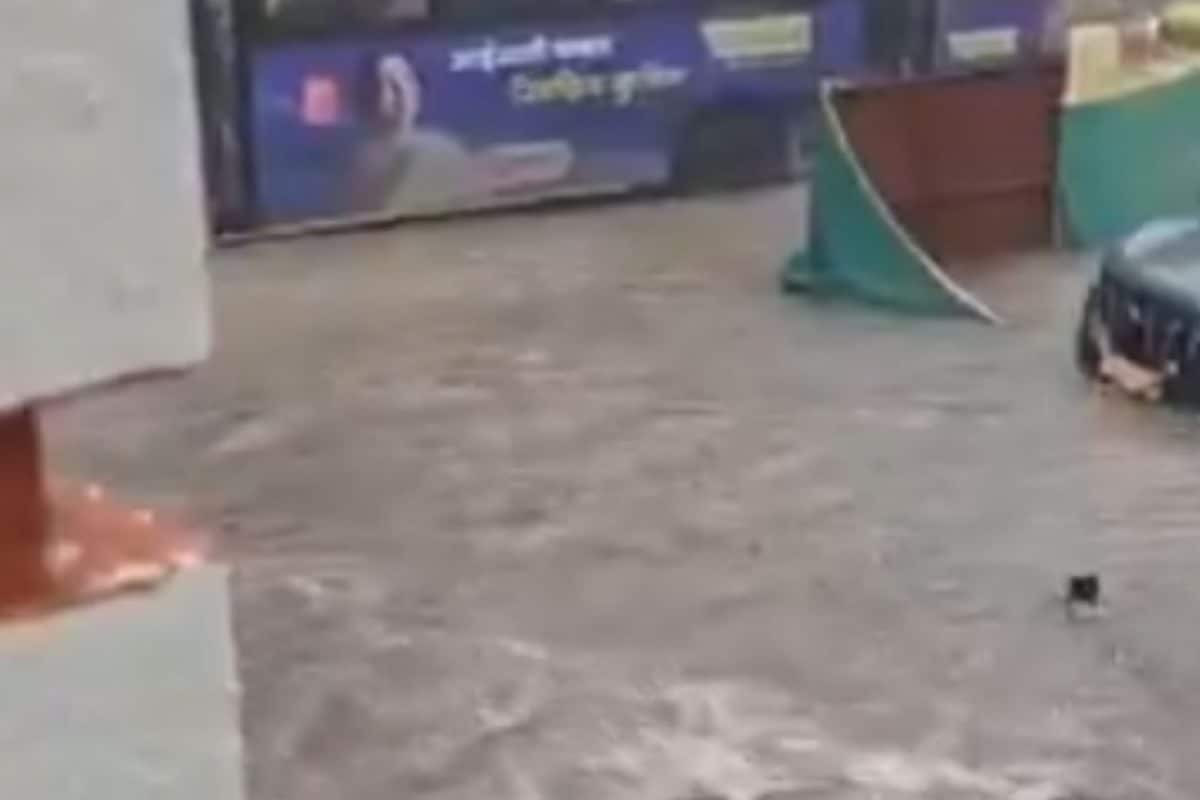

Mumbai is facing its first major monsoon test of the year, and the results are not encouraging, reigniting familiar debates about the city's infrastructure and urban planning. Heavy rainfall, which arrived much earlier than anticipated, has led to widespread waterlogging, traffic snarls, and disruptions in daily life, prompting strong reactions from citizens and public figures alike.
Among those voicing their concerns is filmmaker Vivek Agnihotri, known for his outspoken views on socio-political issues. Agnihotri took to social media platform X (formerly Twitter) to express his frustration and anger over the recurring waterlogging woes plaguing Mumbai. Sharing a video of the upscale Nepean Sea Road inundated after a heavy downpour, Agnihotri didn't mince words, branding India's urbanisation as a "scam wrapped in a sham." He highlighted the irony of areas housing "India's top billionaires, top ministers & officials" being equally susceptible to infrastructural failures, questioning who is truly accountable for the plight of ordinary citizens.
Agnihotri's sentiments resonate with many Mumbaikars who have, year after year, experienced the monsoon mayhem. Social media is flooded with similar grievances, with users pointing out the lack of proper town planning and the need for substantial investment in city infrastructure. Some comments express hope that voices like Agnihotri's will push authorities to take corrective action, while others lament the disparity between VIP areas and the rest of the city when it comes to urban planning.
This year, the monsoon arrived in Mumbai on May 26th, a full 16 days ahead of its usual schedule, marking the earliest onset in 75 years. The India Meteorological Department (IMD) has issued a red alert for the city, with several areas receiving record-breaking rainfall. Colaba, for instance, recorded a staggering 105.2 mm of rain within a few hours, while other areas like Bandra, Juhu Airport, and Santacruz also experienced significant downpours. The heavy rains have disrupted transport services, with local trains being suspended and traffic coming to a standstill in many parts of the city. Waterlogging has been reported in low-lying areas like Kurla, Dadar, and Sion, causing further inconvenience to commuters and residents.
The Brihanmumbai Municipal Corporation (BMC) has urged citizens to stay indoors unless absolutely necessary, and has identified 96 buildings as dangerous for habitation during the monsoon, urging residents to relocate. The early arrival of the monsoon and the intensity of the rainfall have once again exposed the vulnerabilities of Mumbai's infrastructure. While the city has made strides in development, its ability to cope with the challenges posed by heavy rainfall remains a major concern. The recurring waterlogging issues highlight the need for better urban planning, improved drainage systems, and a more sustainable approach to development.
Vivek Agnihotri's strong reaction serves as a reminder that urbanisation cannot be merely about constructing buildings and infrastructure; it must also prioritize the well-being and safety of citizens. As Mumbai grapples with the monsoon's fury, it is crucial for authorities to address the systemic issues that contribute to the annual disruptions and work towards creating a more resilient and livable city for all.